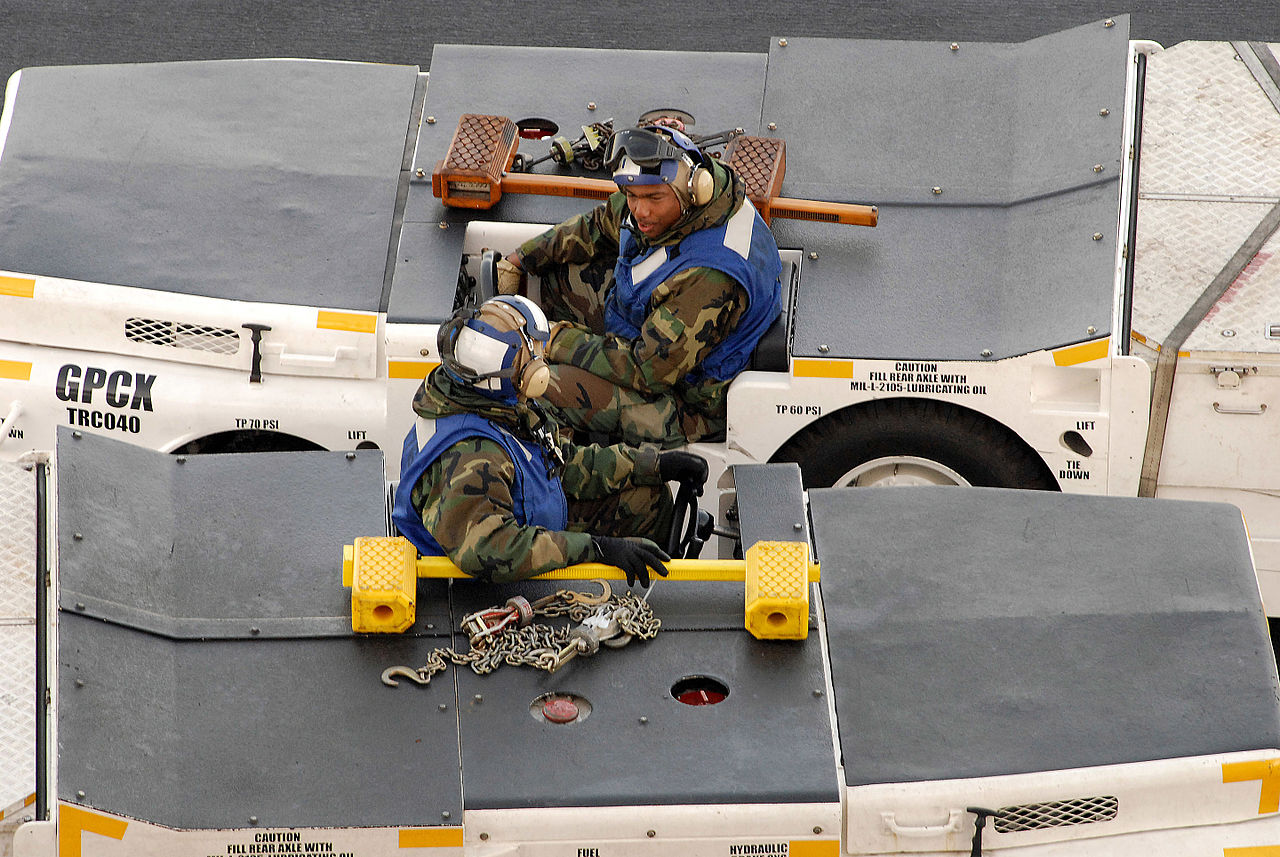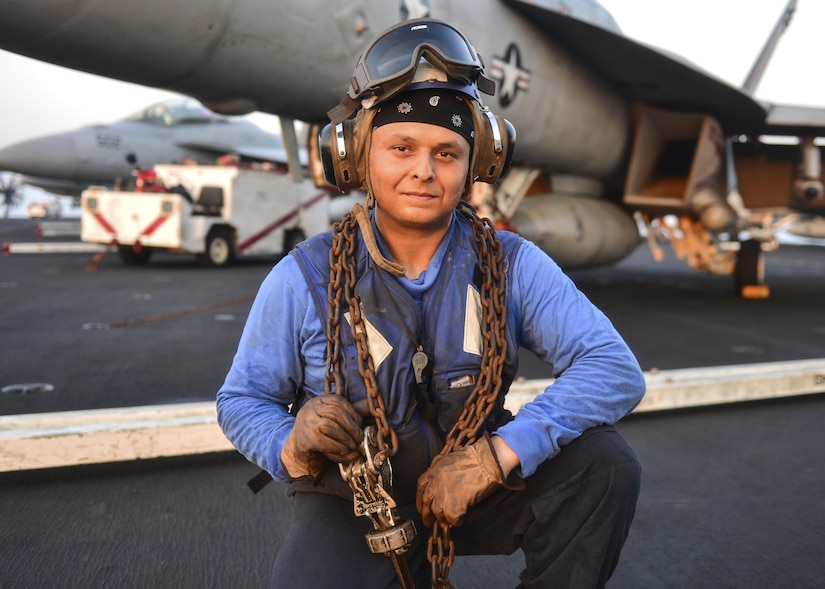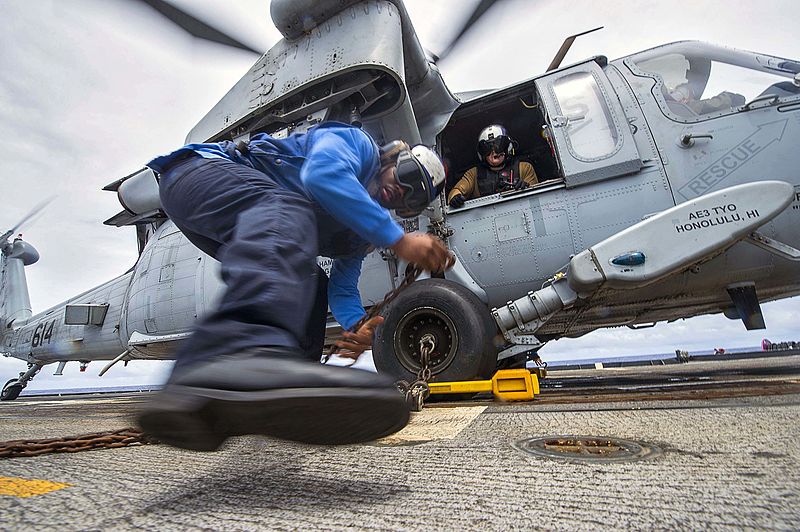Oldgateboatdriver said:
I accept that you certainly know more about this than I do. And I never professed that we should do such swap as matter of daily operation - just that if need be, it could be done.
However, I remain convinced that we will all be surprised by the size of Type 26 ships (if they are what we get - or when we see the British ones). At 7600 tons, 492 feet long by 68 wide, they are close to the size of the old PRO AOR's [8400 tons (without fuel and cargo - ship only) and 564 feet long by 76 feet wide]. Moreover, considering the shape of the respective flight decks (kind of truncated triangle on the AOR and near rectangular on the Type 26), I believe we will find, in the end, that the Type 26 flight deck is actually larger than the PRO class one.
I would also add the necessity is sometimes the mother of invention; if we find that it is really useful to carry two helos when the mission bay is not otherwise occupied, there are people at the appropriate research establishments that could help solve that particular deck handling problem.
I would suggest that we need to take a slight step back at some point though; say 1 1/2 for each CSC, 3-4 on the tanker, 1/2 on each AOPS (all have been discussed here); not putting dets on low readiness ships, so now we are at 15-20 aircraft in 12 dets, which is above 12 Wing establishment. So you better start thinking about how to buy extra platforms and find the remar to fly and maintain them.
Now, I'll admit my bias... instead of an extra Cyclone, put two Fire Scouts up there. Needs less room to store and move, and with two you could maintain 24 hour coverage unless one went u/s. Some 50 pound head might even be able to figure out how to range the Cyclone far aft, bring the Fire Scout out beside it, and then bring the Cyclone back into the hangar without it even leaving the trap, launching the Fire Scout, recover the other, rinse and repeat...
Another question for the 50 pound heads at Northrup: how many times can you hot fuel a Fire Scout before it needs maintenance. If once that gives you 24 hours before swapping, if more than that gets truly impressive.
See my other comments reference the tanker; Fire Scout with AESA plus AIS and whatever medium altitude sensors you can stick on there is, IMHO, the surface surveillance platform of choice right now.




